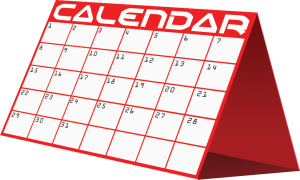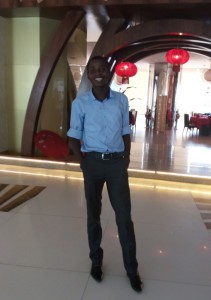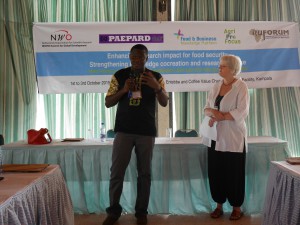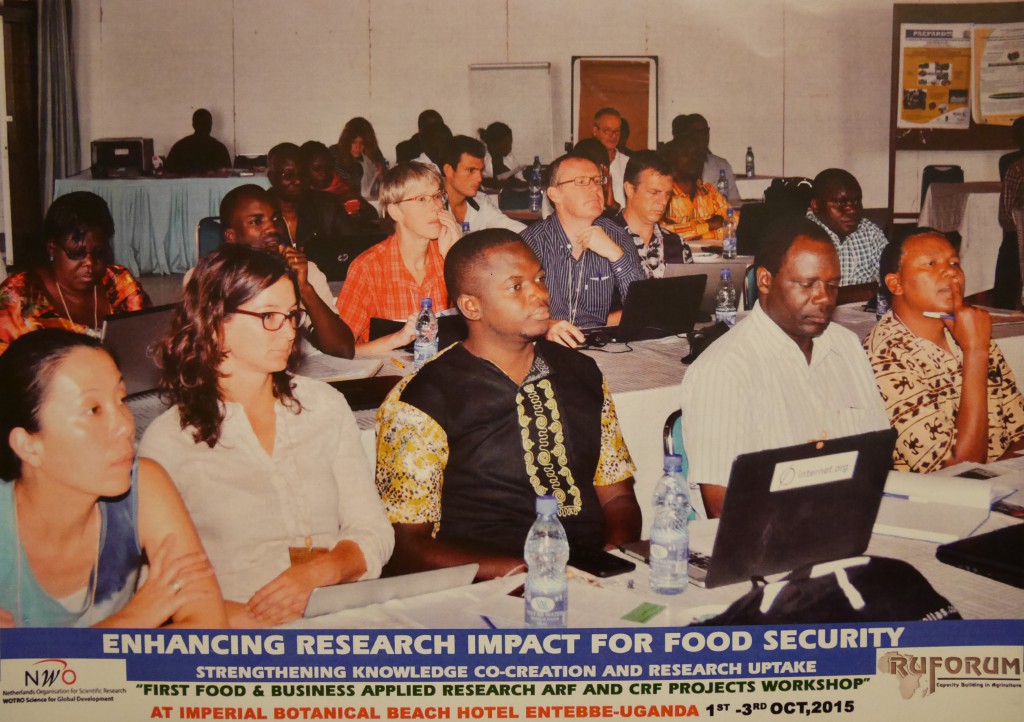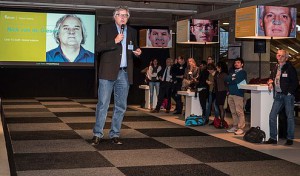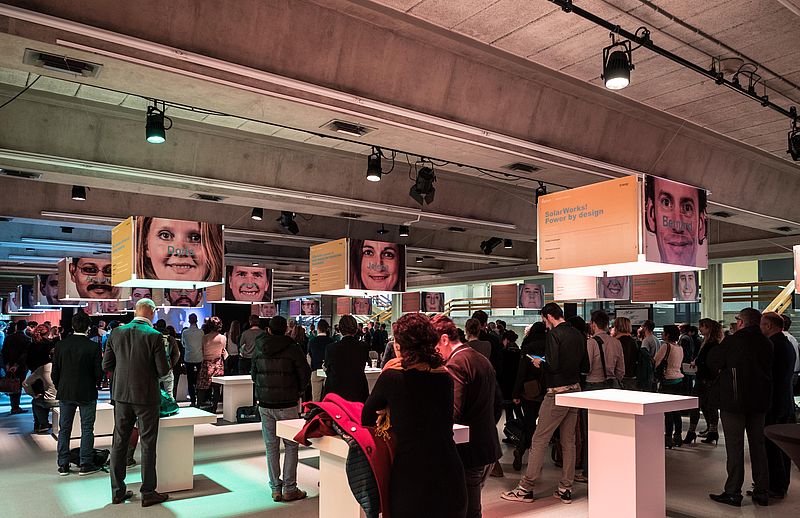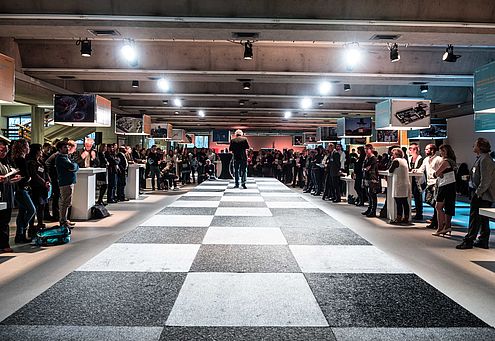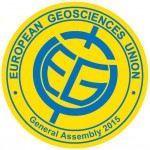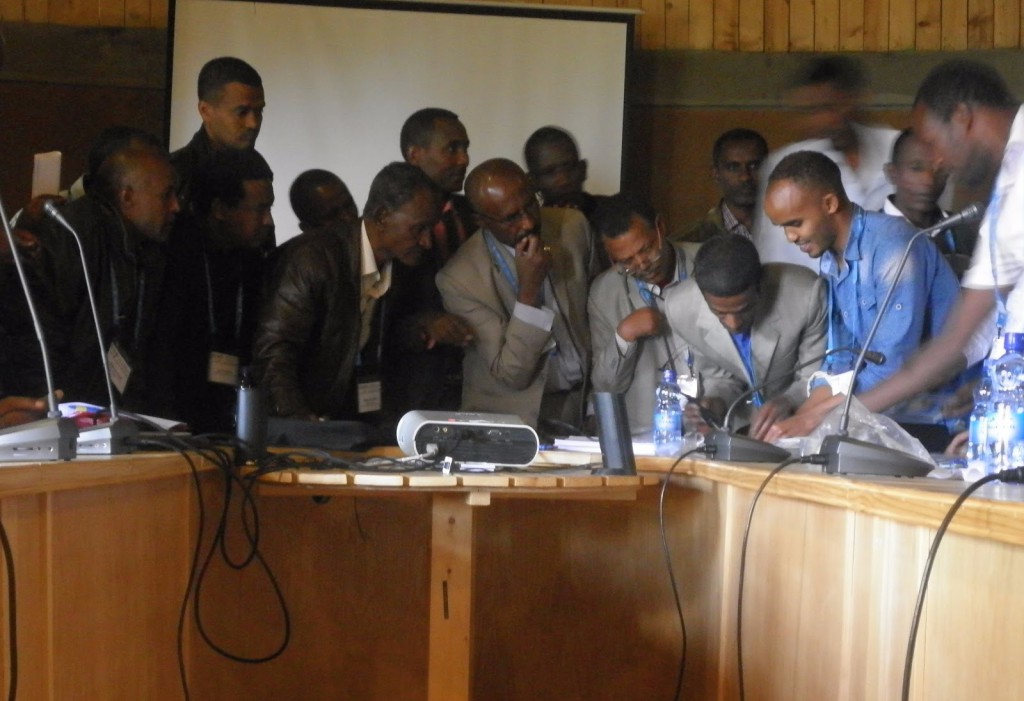TAHMO was invited to the annual conference of the Ghana Geographers’ Association. The association is the umbrella body for lecturers and tutors who teach Geography at the University and secondary school levels respectively in the country. The association’s conference provides a platform for them to take a retrospective look at the subject (content), and teaching methods, build members’ capacities, and discuss issues that relate to the growth of the association. The conference also provides members who have undertaken research the opportunity to share their work and more importantly, how the association can help with the national course.
This year was held at the University for Education, Winneba, and was under the theme: ‘Geography- The missing link in Ghana’s Development Agenda?’ The conference was graced by the Vice President of Ghana – Dr. Mahamudu Bawumia.
TAHMO was asked to make a presentation on our school2school initiative. The West Africa Regional TAHMO Representative Mr. Kwame Duah Anhwere shared with the participants the desire to help improve Climatology which is part of the Geography syllabus in Ghana and the rest of Africa by TAHMO. This has started by installing the TAHMO stations in schools across Africa and Ghana in particular. TAHMO has also developed teaching and learning materials to facilitate teaching in the schools. A dedicated website www.school2school.net has been provided by TAHMO where schools can access the data for their lessons.
Kwame at the conference reiterated the fact that the school2school platform offers the Geography teachers and their Association a crucial avenue to partner with TAHMO as they work together to get these teaching and learning materials into the Ghanaian Geography curriculum. Currently, TAHMO has 85 stations in Ghana and 78 out of this number are in schools. All host schools have been educated about the stations, especially during the installation period. Though TAHMO has the approval of GES to install in schools, partnership with the Geographers’ Association is vital since its members form part of the exam board that examines students on the subject matter.
As it turned out, the association members who do not have TAHMO stations requested one for their schools. However, they were informed that they could be connected to nearby TAHMO stations so the hosts become more resource centers to serve others.
We (TAHMO) look forward to a fruitful partnership with the association in the coming days.
**Written by Kwame Duah A.

